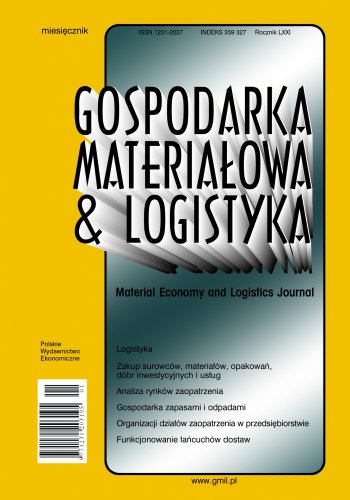Material Economy and Logistics 5/2020
ISSN: 1231-2037
Pages: 48
Publication date: 2020
Place publication: Warszawa
Binding: paperback
Format: A4
Publication date: 2020
Place publication: Warszawa
Binding: paperback
Format: A4
DOI: 10.33226/1231-2037.2020.5.1
JEL: M10, L81, F14
DOI: 10.33226/1231-2037.2020.5.2
JEL: L91, R40, R52
DOI: 10.33226/1231-2037.2020.5.3
DOI: 10.33226/1231-2037.2020.5.4
JEL: D22, O30
DOI: 10.33226/1231-2037.2020.5.5
DOI: 10.33226/1231-2037.2020.5.6
JEL: A13, B55, D91, L3, Z13, Q18
| Odbiór osobisty | 0 € |
| Kurier Inpost | 4 € |
| Kurier FedEX | 4 € |
| Inpost Paczkomaty | 4 € |
| Free delivery in Reader's Club | from 47 € |

